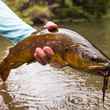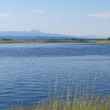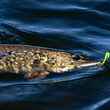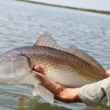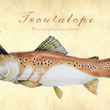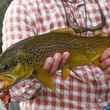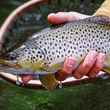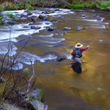Someone in Montana has my fly rod.
Sitting at the bar at Izaak’s in Craig, Montana, a stone’s throw from the banks of the Missouri River, I’m struck by a hollow ache in the pit of my stomach. Something is wrong, but I haven’t yet put my finger on what. A moment later, I replay the end of our day and realize what it is.
We clamber up the Missouri’s steep banks, make our way down the road and back to our vehicle, lay down rods, kick off wading boots in favor of flip flops, strip off waist and chest packs, pluck flies from the brim of hats and drying patches and toss the whole lot in the back before heading off in the direction of town.
The whole lot except for one: the Stickman P5 Stealth that I laid on the roof of the Subaru Outback we’d rented for the week.


